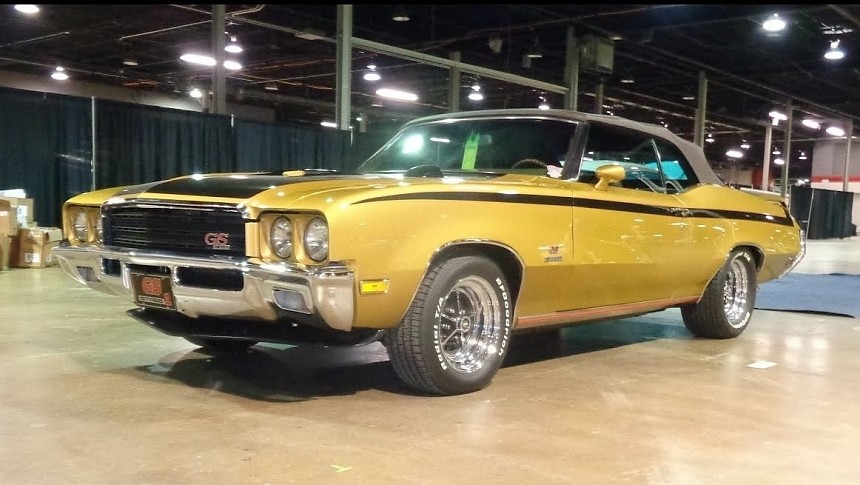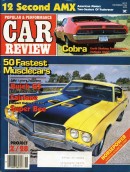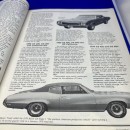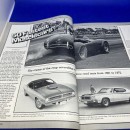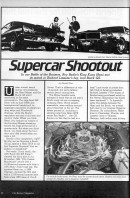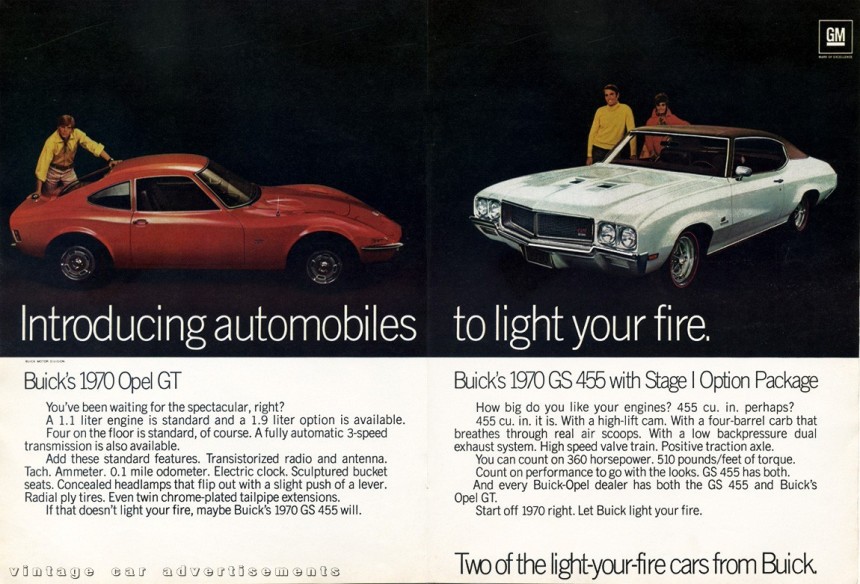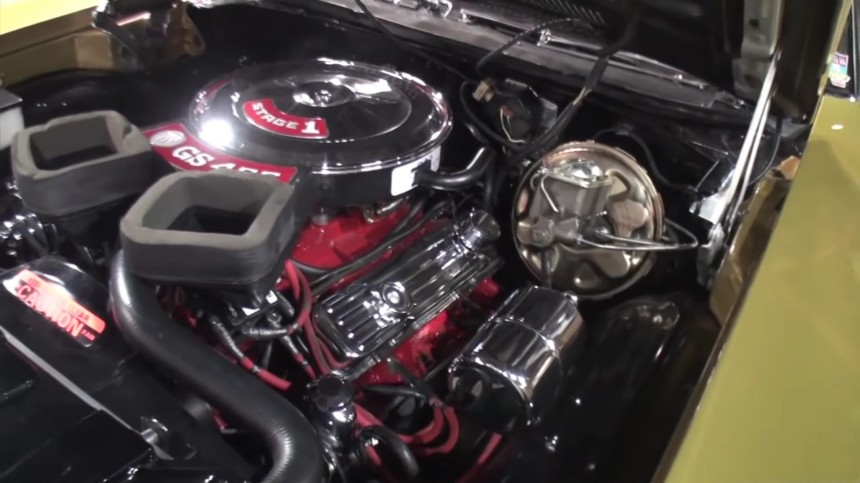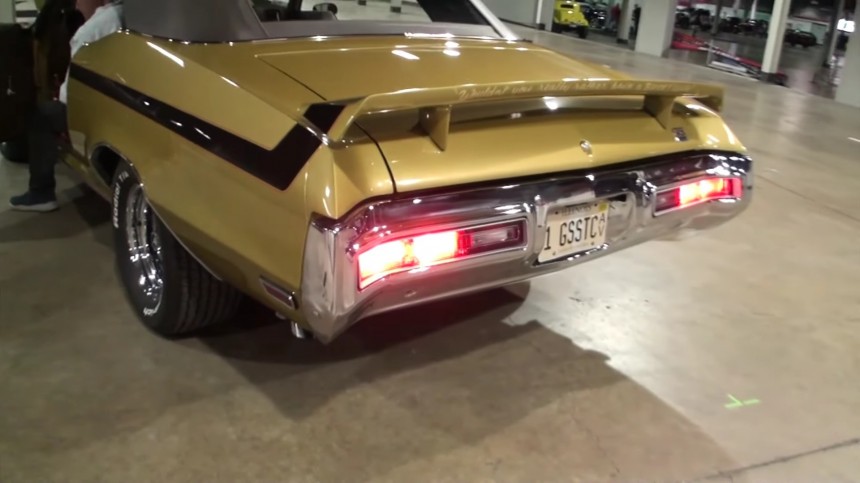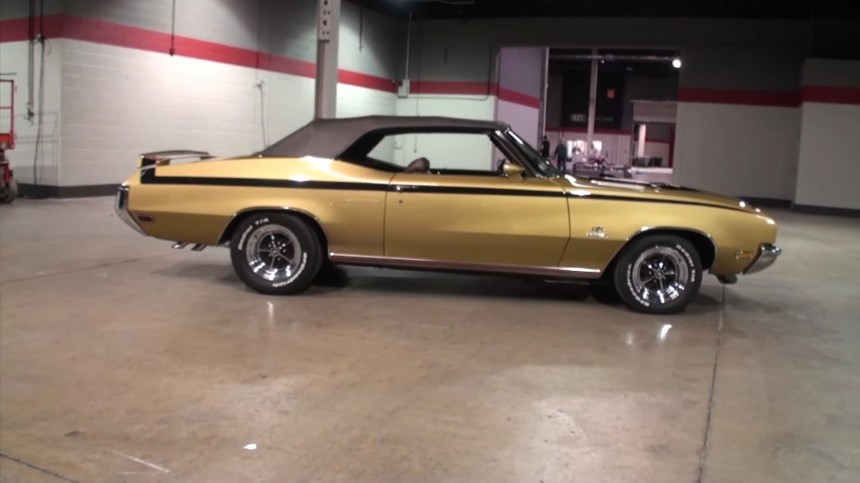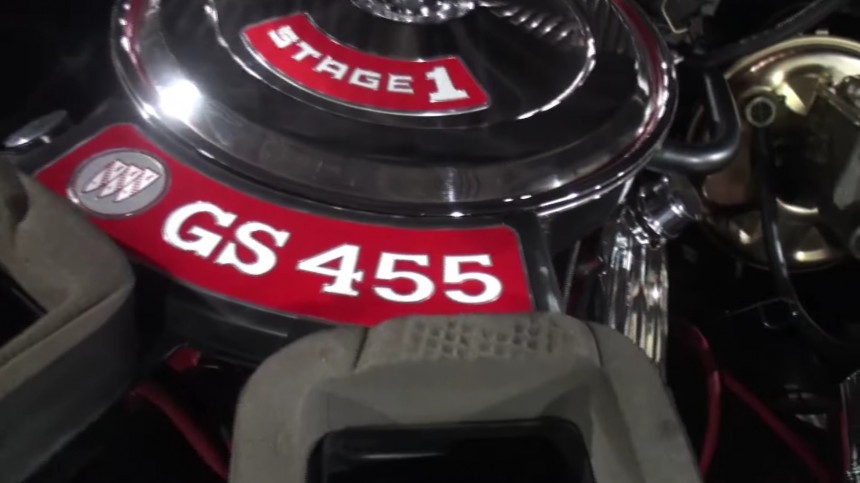In 1971, two apparently unrelated events stirred America’s interest: Jim Morrison, the lead singer of The Doors, stepped from controversial stardom into rock legend, and this Buick featured in our story was born. A falling star made way for another, although the comparison is on different dimensions of existence.
The connection between the two events is an incident that triggered The Doors’ entering the foreshadows of show business. In 1968, Buick wanted to make an advertising campaign for the 1969 Buick GS Stage 1 performance package. The GM division chose the song “Light My Fire” as the musical support for the “Come on, Buick, light my fire” slogan.
Jim Morrison wasn’t a man of capitalist compromises, and his band knew this. They went ahead and sold the song without their main figure’s permission. When Jim found out several days later, he reached out to Buick and called off the deal. It took some time before the corporation agreed not to use the song (Morrison’s threat to take a sledgehammer against a Buick probably helped).
While the Doors have never starred in TV commercials for Buick, the catchphrase “light your fire” found its way into GMs brochures of the late 60s and early 70s. The carmaker wanted to capitalize on its new performance package, and the copy – while inextricably associated with The Doors’ lyrics – lived on by itself.
As for the Buick GS Stage 1, its story is embedded in the horsepower wars’ climax years of the sixties. Initially offered as a trim level for the ’65 Skylark, the Gran Sport became a standalone model in 1967 (with the name shortened to GS).
Two years later, with sales dragging behind the high-performance competition (including fratricide from Pontiac, Chevrolet, and Oldsmobile), Buick added the Stage 1 power option. In a lucky twist of fate, 1970 also brought a GM decision to lift its 400-cubic-inch (6.6 liters) maximum displacement limit.
That’s when the famed 4555 CID (7.5-liter) engine roared onto the streets, bulldozing the competition with its crushing 510 lb-ft/690 Nm of torque (the 360-hp/365 PS gross rating was still a long way away from the era’s hardest-punching big-blocks).
Then 1971 brought about the buds of crankshaft hardships to come in the form of emission-capping equipment and detune. The Buick GS Stage 1 of that year followed the trend, lowering the compression ratio to 8.4:1 (down from 10.5:1). Performance specs lost 15 hp and 50 lb-ft of torque, putting the 1971 GS Stage 1 at 345 hp (275 net hp) and 460 lb-ft / 350 PS ( 250 net) and 624 Nm.
Nonetheless, Buick assembled less than 1,000 of them for the model year - various sources give different production numbers, from 801 to 902 units. For a grand total of 9,292 Buick GS 455s, a one-in-ten Stage 1 ratio is not bad at all.
Less than a tenth of those muscle-flexing high-output Stage 1s came with a soft top (81), and 72 were equipped with the TH400 three-speed automatic transmission. The other nine received the four-speed manual gearbox.
The 3.42:1 rear end was compulsory for the automatic Stage 1, and the relatively mild ten-bolt Positive Traction Differential was put in place to accommodate air conditioning. While it may seem like a foot-in-mouth statement, the Buick engineers didn't want a high rear gear ratio to cause the engine to over-spin the AC compressor.
The largest-displacement GM engine installed on a midsize automobile, the 455 V8, had weight-shaving thin wall casting. The twin air intakes on the hood are functional on the Stage 1 Buicks – foam-sealed dual snorkels feed cold air to the four-throat Rochester.
One of the very few convertibles left in the world, this ’71 Cortez Gold Stage 1 has enjoyed the company of the same owner since 1981 (a decade after rolling off the line). And it got the spoils – the paint shines bright four decades after being sprayed on the car.
The owner altered the already rare luxury boat and made it a one-off, adding quad exhausts (a la Pontiac), a zip-up glass rear window (the plastic was the regular option), and a rear bench speaker for the sound system.
The GSX-style rear spoiler and dealer-painted stripes are two finishing touches, along with the extra gauges under the dash (but they are discrete enough to start another purist war). Why “another war?” Because this model is the subject of a four-decade-ongoing debate between muscle car fans.
Ignited in the fall of 1984, the controversy is based on a claim about the Stage 1’s ability to drop a HEMI in a quarter-mile clash. Muscle Car Review is the culprit that opened Pandora’s hood, and the drag race that followed the article (titled 50 Fastest Musclecars) confirmed the theory.
A ’71 GS 455 Stage 1 landed a two-out-of-three victory against a Plymouth GTX HEMI. The magazine all-time-best list put the 1970 Buick GS 455 Stage 1 on the podium, below two other big-block legends: a 427 Corvette and a 427 Cobra roadster, but above all Mopars and the muscle gang (see more in in the gallery).
The car seen here (filmed in February at the World of Wheels convention in Wisconsin) has over 92,000 original miles (almost 150,000 kilometers), but it sounds like it hasn’t pushed past the break-in yet. The custom exhaust might help brighten up the V8 symphony, but that’s just the cherry on top of the Buick performance cake from 1971.
Jim Morrison wasn’t a man of capitalist compromises, and his band knew this. They went ahead and sold the song without their main figure’s permission. When Jim found out several days later, he reached out to Buick and called off the deal. It took some time before the corporation agreed not to use the song (Morrison’s threat to take a sledgehammer against a Buick probably helped).
While the Doors have never starred in TV commercials for Buick, the catchphrase “light your fire” found its way into GMs brochures of the late 60s and early 70s. The carmaker wanted to capitalize on its new performance package, and the copy – while inextricably associated with The Doors’ lyrics – lived on by itself.
Two years later, with sales dragging behind the high-performance competition (including fratricide from Pontiac, Chevrolet, and Oldsmobile), Buick added the Stage 1 power option. In a lucky twist of fate, 1970 also brought a GM decision to lift its 400-cubic-inch (6.6 liters) maximum displacement limit.
That’s when the famed 4555 CID (7.5-liter) engine roared onto the streets, bulldozing the competition with its crushing 510 lb-ft/690 Nm of torque (the 360-hp/365 PS gross rating was still a long way away from the era’s hardest-punching big-blocks).
Nonetheless, Buick assembled less than 1,000 of them for the model year - various sources give different production numbers, from 801 to 902 units. For a grand total of 9,292 Buick GS 455s, a one-in-ten Stage 1 ratio is not bad at all.
Less than a tenth of those muscle-flexing high-output Stage 1s came with a soft top (81), and 72 were equipped with the TH400 three-speed automatic transmission. The other nine received the four-speed manual gearbox.
The largest-displacement GM engine installed on a midsize automobile, the 455 V8, had weight-shaving thin wall casting. The twin air intakes on the hood are functional on the Stage 1 Buicks – foam-sealed dual snorkels feed cold air to the four-throat Rochester.
One of the very few convertibles left in the world, this ’71 Cortez Gold Stage 1 has enjoyed the company of the same owner since 1981 (a decade after rolling off the line). And it got the spoils – the paint shines bright four decades after being sprayed on the car.
The GSX-style rear spoiler and dealer-painted stripes are two finishing touches, along with the extra gauges under the dash (but they are discrete enough to start another purist war). Why “another war?” Because this model is the subject of a four-decade-ongoing debate between muscle car fans.
Ignited in the fall of 1984, the controversy is based on a claim about the Stage 1’s ability to drop a HEMI in a quarter-mile clash. Muscle Car Review is the culprit that opened Pandora’s hood, and the drag race that followed the article (titled 50 Fastest Musclecars) confirmed the theory.
The car seen here (filmed in February at the World of Wheels convention in Wisconsin) has over 92,000 original miles (almost 150,000 kilometers), but it sounds like it hasn’t pushed past the break-in yet. The custom exhaust might help brighten up the V8 symphony, but that’s just the cherry on top of the Buick performance cake from 1971.
